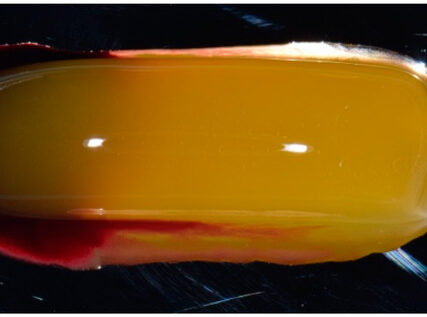Platelet-rich plasma and platelet-rich fibrin in oral surgery.
Platelet-rich plasma (PRP) and platelet-rich fibrin (PRF) are two regenerative therapies that have gained increasing attention in oral surgery for their potential to improve tissue healing and regeneration. These therapies are derived from a patient’s own blood and contain a concentrated amount of growth factors and cytokines, which are believed to stimulate tissue repair and regeneration.
PRP is obtained by processing a small sample of the patient’s blood to isolate the platelets and concentrate them. The resulting solution is then activated with a clotting agent such as calcium chloride, which releases the growth factors and cytokines from the platelets. PRF, on the other hand, is prepared by spinning the patient’s blood in a centrifuge without any anticoagulant, resulting in a fibrin clot with a high concentration of platelets.
In oral surgery, PRP and PRF have been used in various procedures, including tooth extractions, implant placement, bone grafting, and periodontal surgery. Studies have shown that the use of PRP and PRF can improve the healing process, reduce postoperative pain and swelling, and promote tissue regeneration.
In tooth extractions, PRP and PRF can be applied to the extraction socket to promote the formation of a blood clot and accelerate the healing process. This can help prevent complications such as dry socket and reduce the amount of time needed for complete healing.
For implant placement and bone grafting, PRP and PRF can be used to enhance bone regeneration and improve the integration of the implant or graft. The growth factors and cytokines present in PRP and PRF can stimulate the growth of new bone tissue and improve the strength and density of the bone.
In periodontal surgery, PRP and PRF can be applied to the surgical site to promote tissue regeneration and reduce the risk of postoperative infection. Studies have shown that the use of PRP and PRF can significantly improve the healing process and reduce the need for additional surgery.
Overall, the use of PRP and PRF in oral surgery has shown promising results for improving the healing process and promoting tissue regeneration. However, further research is needed to determine the optimal preparation methods and concentrations of these therapies for different procedures and patient populations.








